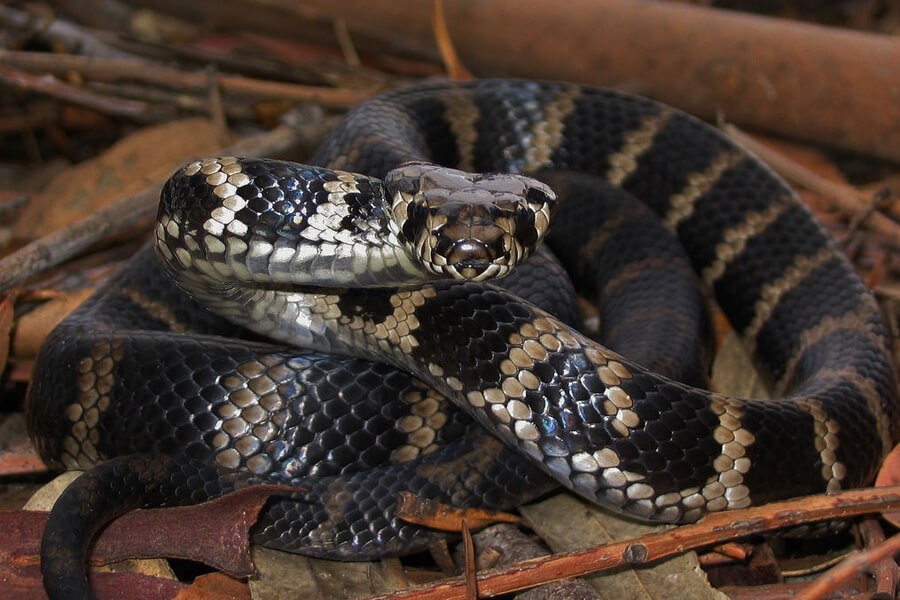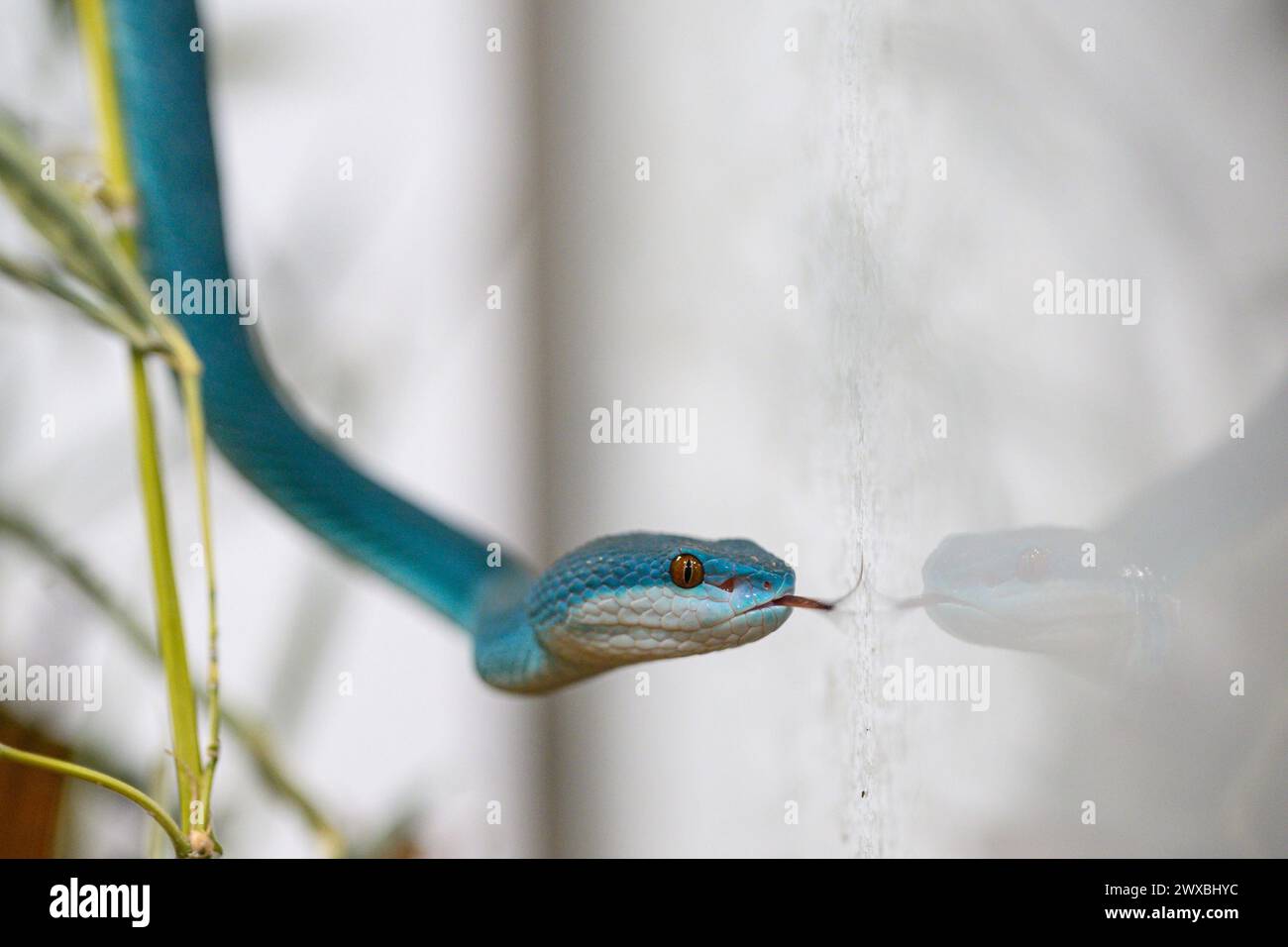Introduction
Australia is famed for its special wildlife, including a diverse range of venomous snakes. These animals, while commonly been afraid, play important roles in preserving environmental equilibrium. Comprehending the preservation of Australia's venomous snakes and the function that education and learning and recognition play can significantly enhance our coexistence with these remarkable reptiles. This article discovers numerous aspects of serpent preservation, the relevance of public education and learning, and useful first aid actions for serpent bites.
Conservation of Australia's Venomous Snakes: The Role of Education and Awareness
In Australia, serpents are an important part of the community, regulating parasite populaces and adding to biodiversity. Nevertheless, many varieties deal with hazards due to environment loss, environment modification, and human activity. The conservation efforts targeted at shielding these reptiles pivot significantly on education and raising awareness among the general public.
By educating people about snake Bite Location habits, their eco-friendly importance, and safe practices for cohabiting with them, we can reduce fear-driven activities that lead to unneeded killings or injuries. Educational initiatives help resolve misconceptions surrounding serpents-- such as the usual concern: are tiger snakes venomous?-- and motivate respect for their role in nature.
The Relevance of Recognition Programs
Awareness programs are necessary in altering public assumptions about serpents. Many individuals check out these reptiles as naturally hazardous without comprehending their eco-friendly duties. Public outreach efforts can consist of workshops, area events, institution programs, and info campaigns developed to inform individuals about:

- Identification of venomous species: Comprehending which serpents are dangerous aids individuals avoid encounters. Safe behaviors: Training people exactly how to act around snakes can avoid bites. First help knowledge: In cases where bites do occur, being educated regarding emergency treatment for serpent attacks can save lives.
By increasing awareness through structured education efforts, we can cultivate a culture that respects wildlife and concentrates on coexistence as opposed to fear.
Types of Venomous Snakes Found in Australia
Australia is home to a few of the world's most venomous snakes. Below's a quick introduction:
Tiger Snake (Notechis scutatus) Envenomation- Commonly found in coastal regions. Known for its powerful neurotoxic venom. Frequently seen near water bodies.
- Highly hostile with potent venom. Responsible for even more snakebite casualties than any kind of other species in Australia.
- Known for its ambush searching style. Has swift striking speed with extremely neurotoxic venom.
- One of Australia's biggest venomous snakes. Its bite can deliver big quantities of neurotoxin.
- Generally non-aggressive but still possesses unsafe venom. Found predominantly along the southwestern coast.
Understanding Their Habitats
Understanding tiger snake environment is important for both conservation efforts and public safety. Tiger snakes grow in areas near to water sources such as swamps, lakes, and marshes yet they likewise populate coastal areas. Securing these environments is crucial for making sure the survival of not only tiger snakes but also other wild animals within these ecosystems.


Habitat Defense Initiatives
Various organizations function towards environment protection through initiatives such as:
- Establishing secured areas Restoring deteriorated habitats Promoting lasting land usage practices
These gauges not only profit tiger snakes yet add to overall biodiversity conservation.
The Role of Study in Conservation Efforts
Research plays a crucial function in recognizing snake populations and their health condition. Continuous researches into the ecology and actions of Australian serpents notify conservation strategies by offering data on population numbers, reproducing patterns, and threats dealt with by different species.
Key Study Locations Include:
- Venom analysis Population dynamics Habitat preferences
This study can assist efficient monitoring plans to shield susceptible species while helping with conjunction with humans.
First Aid for Snake Bites: Vital Knowledge
One crucial element that intertwines with education is recognizing what to do in situation one experiences a serpent attack-- a circumstance that requires prompt response skills.
What Every First Aid Kit Must Contain
A proper serpent bite first aid package ought to include:
- Compression bandages Sterile gauze pads Antiseptic wipes A splint or immobilization device Emergency get in touch with numbers
Step-by-Step First Aid Treatment for Serpent Bite
Remain calm; try to restrict activity as it might spread poison quickly. Apply a compression bandage above the bite website without removing circulation. Keep the bitten limb incapacitated at or listed below heart level. Seek emergency medical aid immediately.Why Education and learning on First Aid Is Crucial
Educating areas concerning emergency treatment actions guarantees timely actions throughout emergency situations which can significantly reduce morbidity associated with snake attacks throughout Australia.
Frequently Asked Questions (FAQs)
1. Are tiger serpents venomous?
Yes! Tiger snakes are very poisonous with neurotoxic results which make prompt clinical treatment crucial after a bite.
2. What need to I do if attacked by an infant tiger snake?
Follow standard emergency treatment procedures immediately-- keep calm, paralyze the limb, use pressure over the bite website using a plaster or cloth without limiting blood circulation-- and seek medical help without delay.
3. Exactly how usual are snake attacks in Australia?
While data differ year-to-year because of aspects like weather conditions affecting serpent tasks; typical reports recommend around 300 cases each year with fatalities being relatively unusual due to enhanced clinical responses.
4. Can I treat a snake bite at home?
No! Home therapies such as applying ice or drawing out venom are inadequate; specialist medical focus is essential after any kind of presumed bite incident.
5. What's unique about eastern brownish snakes?
They're recognized for their aggressive nature incorporated with powerful poison; they account for the majority of deadly attacks in Australia due mainly to their closeness to inhabited areas!
6. What are some typical indicators following a snake bite?
Symptoms may include swelling around the bite area, pain at or near the site; systemic symptoms might include nausea or vomiting or trouble breathing relying on contaminant type absorbed right into bloodstream!
Conclusion
Conservation efforts bordering Australian venemous serpents hinge on reliable academic strategies that encourage neighborhoods while cultivating regard towards these often-misunderstood creatures! By boosting recognition concerning their environmental value together with correct safety and security methods-- consisting of emergency treatment knowledge-- we lead roads towards sustainable conjunction benefiting both human beings & & wildlife alike!
In essence-- the conversation bordering preservation should continue thriving through positive involvement You can find out more weding clinical research study alongside neighborhood involvement ensuring purposeful impact today & & tomorrow!